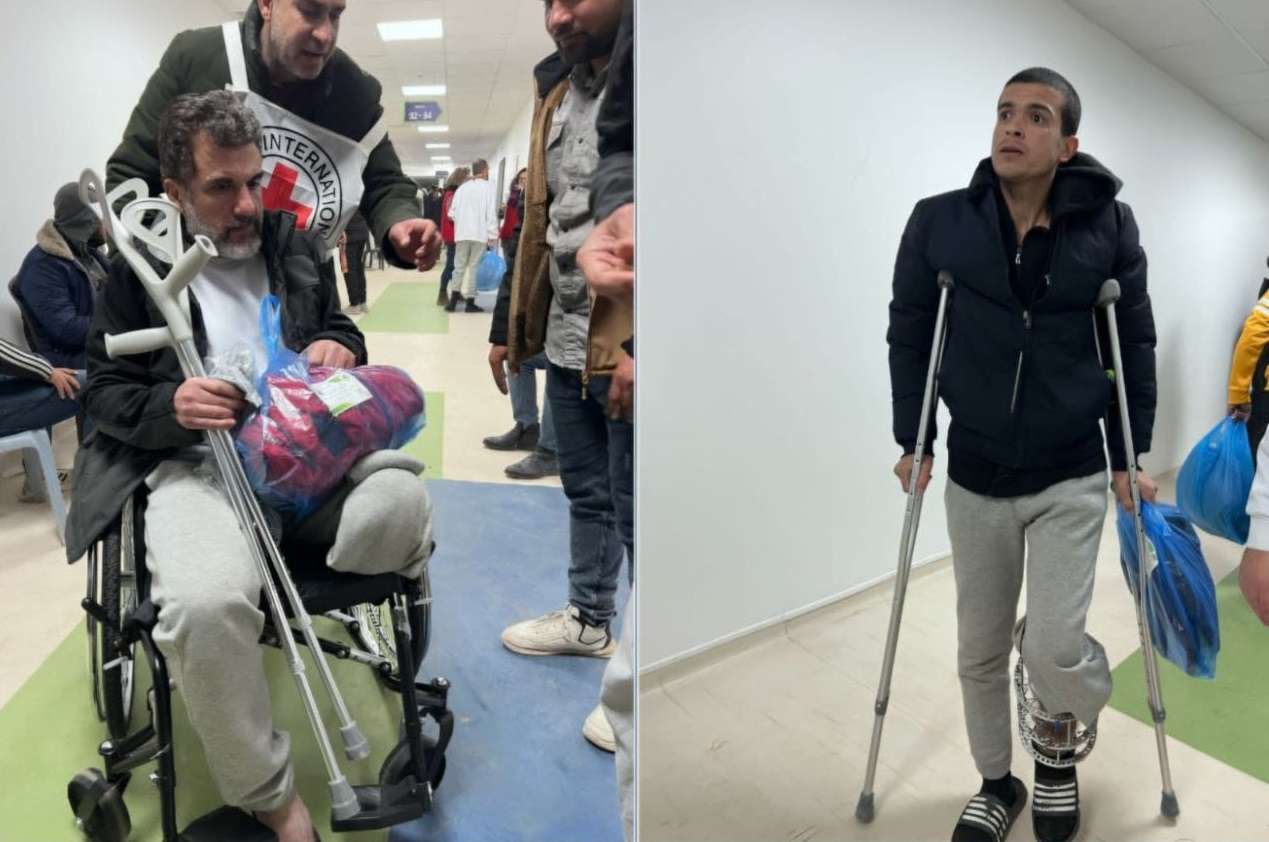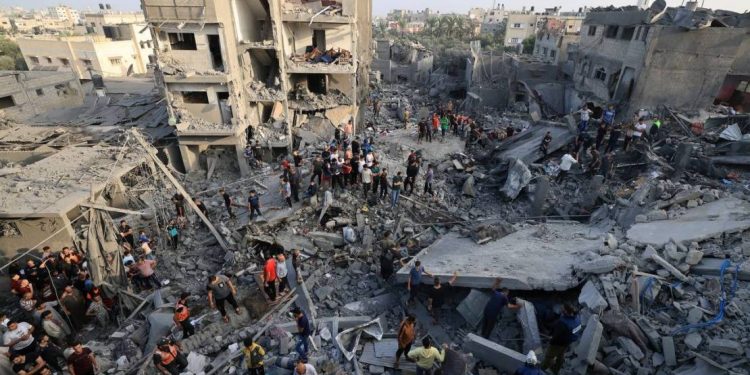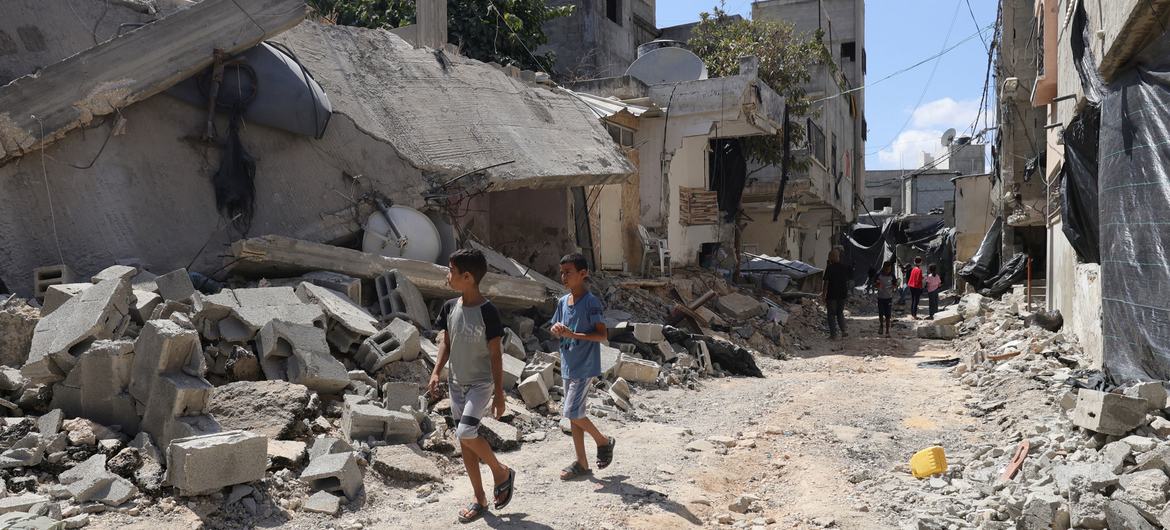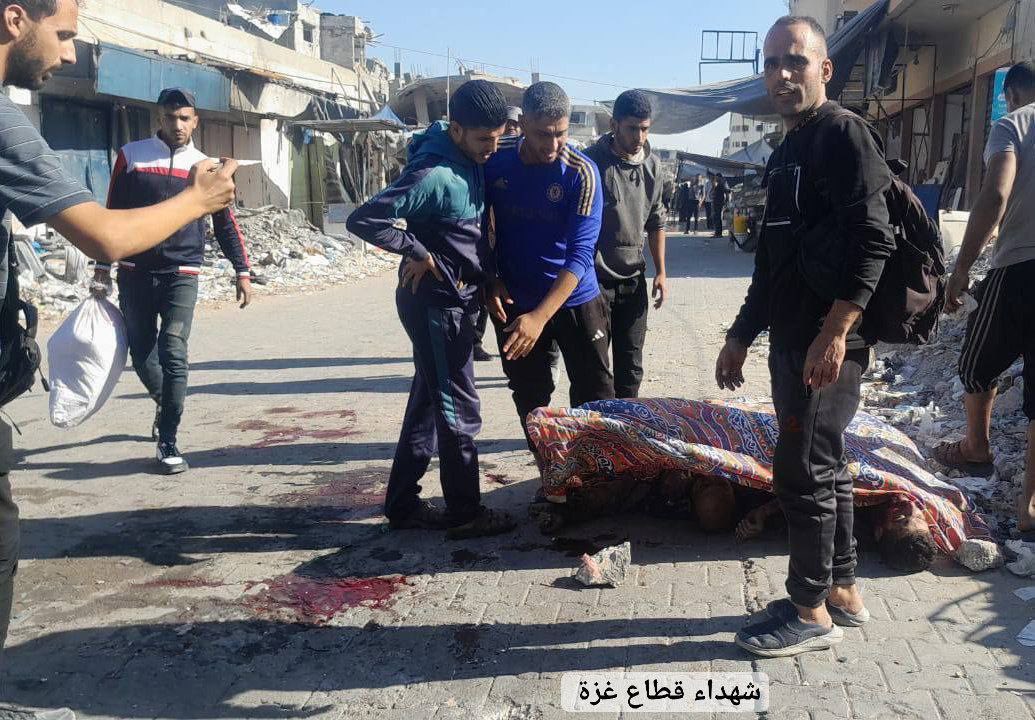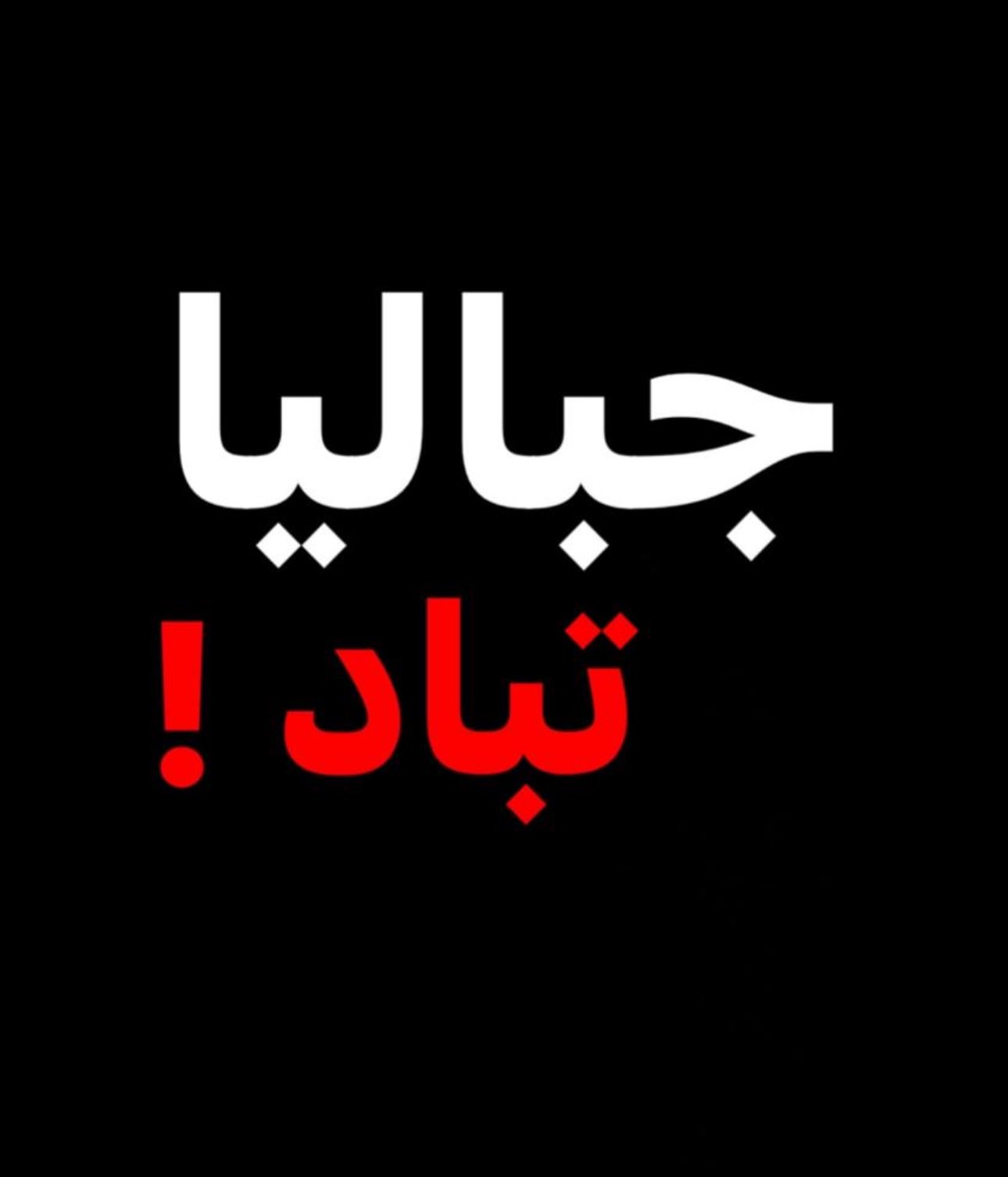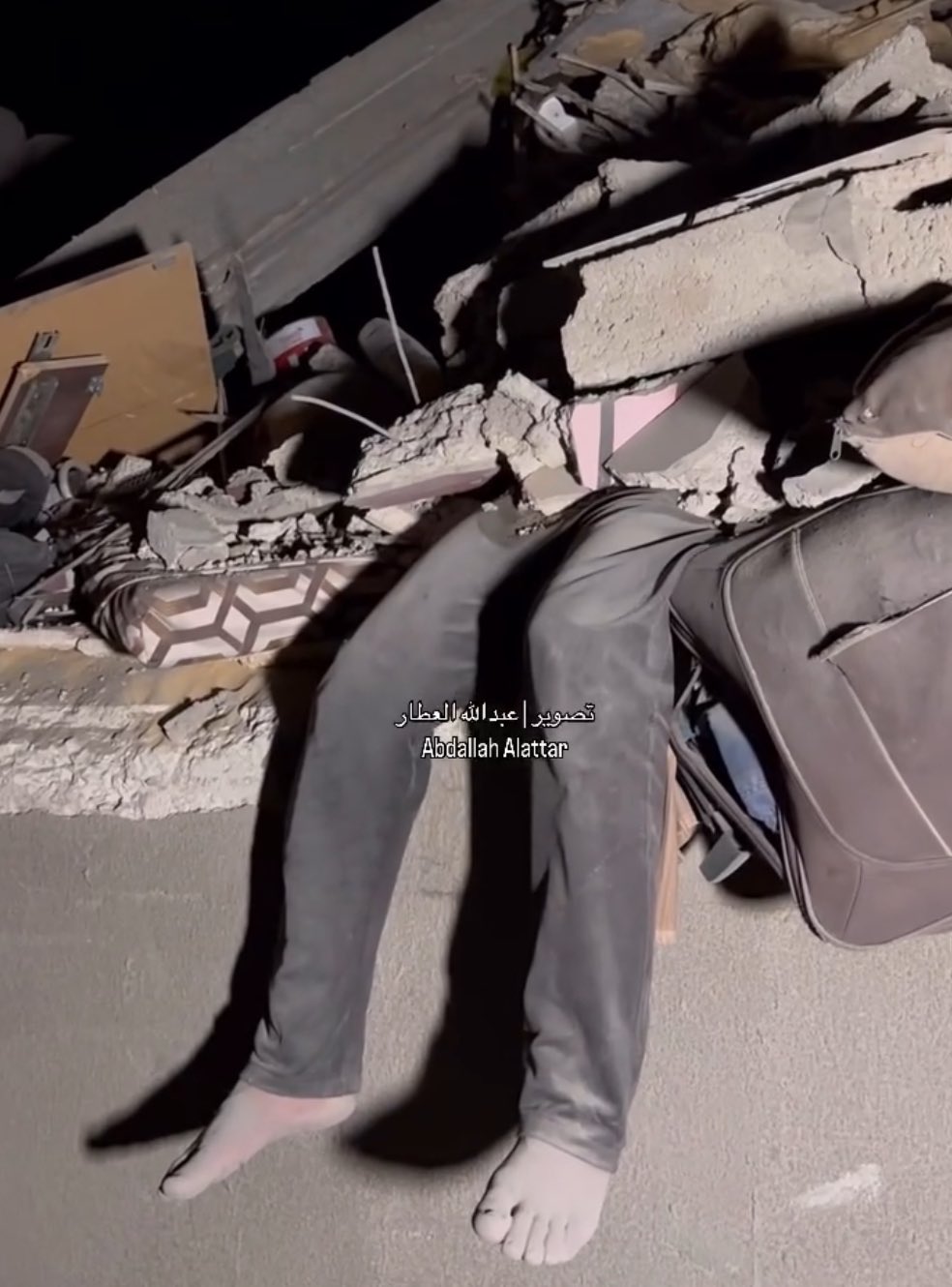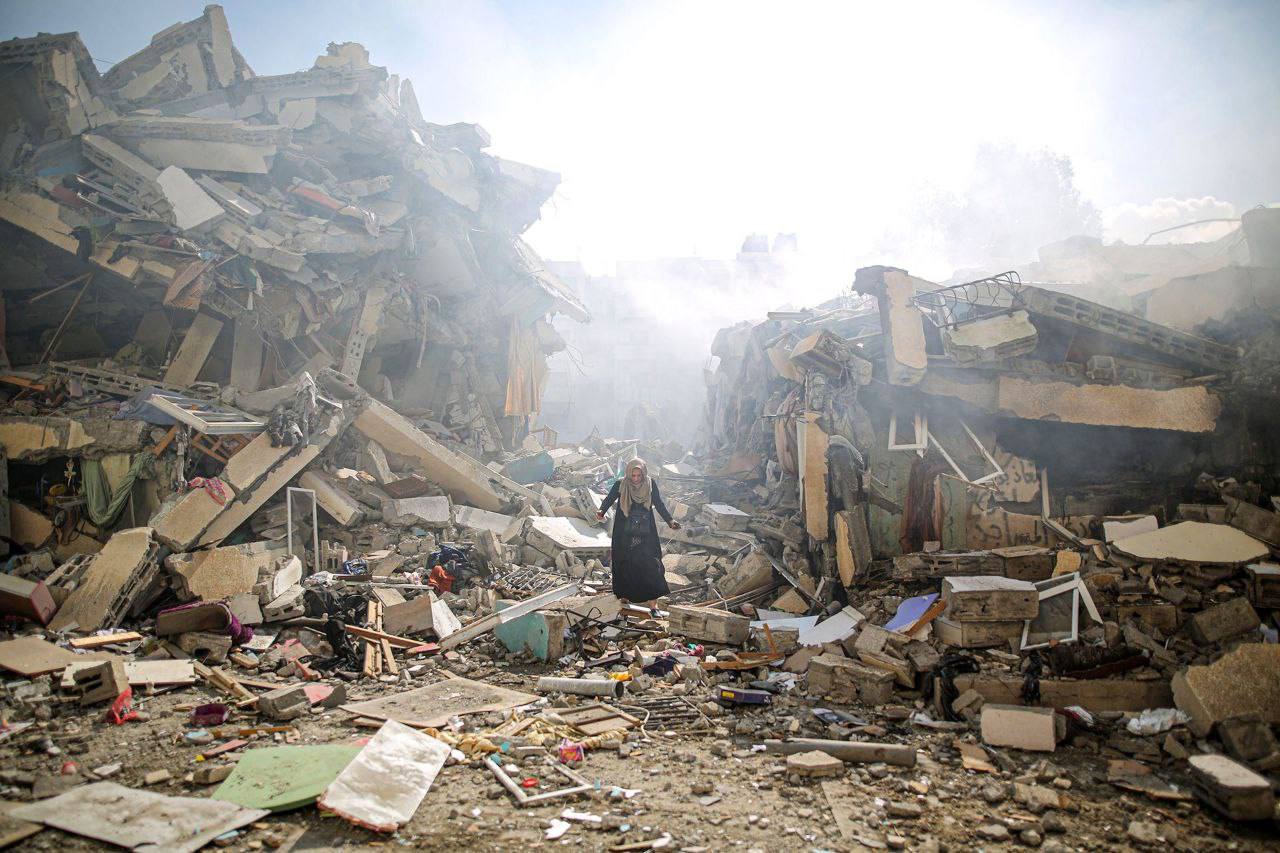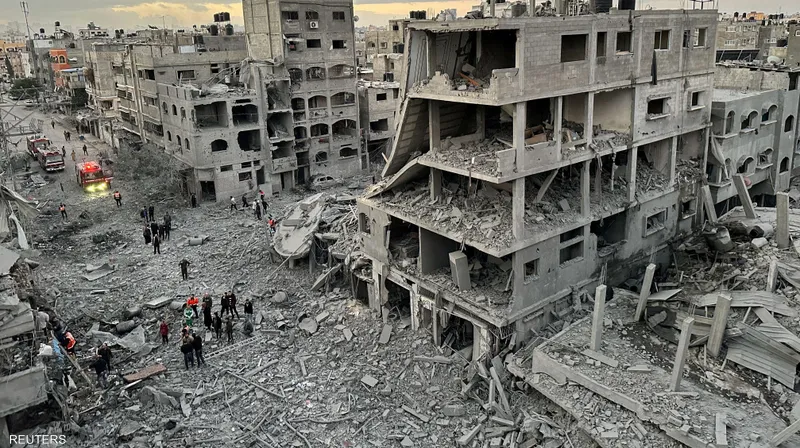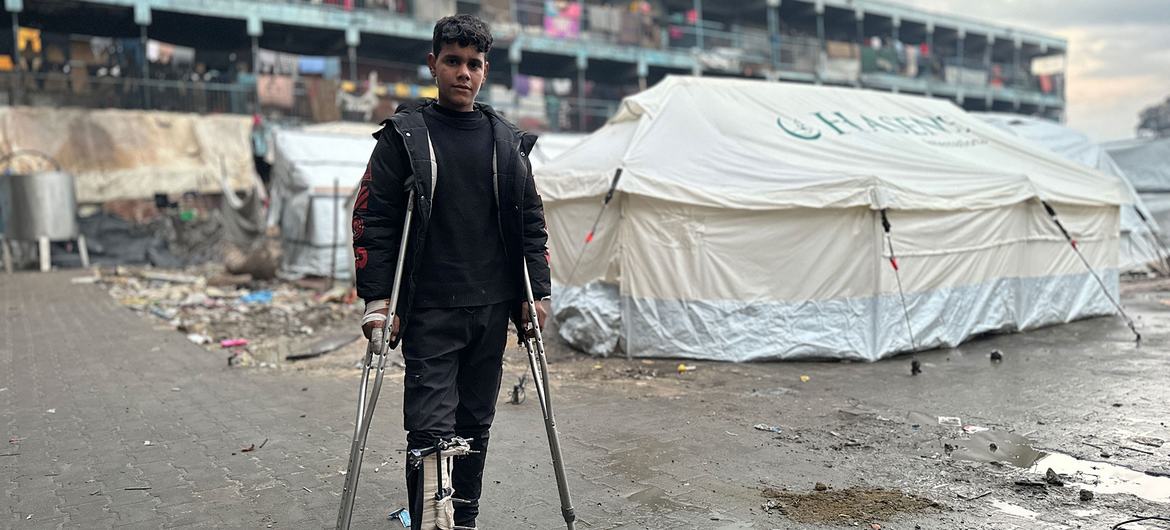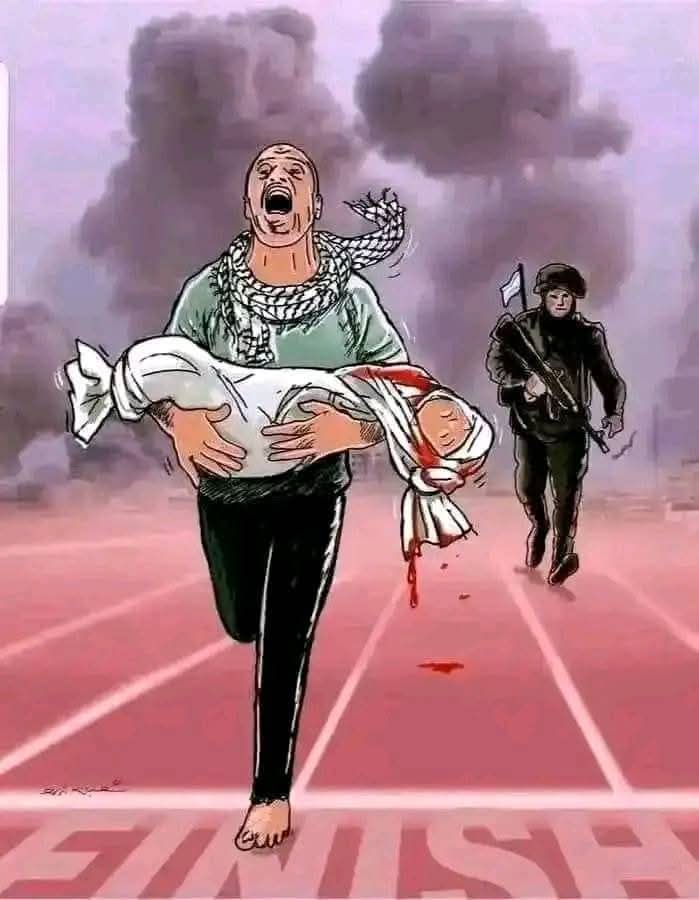Why is Israel Torturing Its Prisoners?
The physical and mental health conditions of the Palestinian detainees and prisoners released during the seventh round of the ceasefire exchange agreement between Israel and Hamas in the Gaza Strip are shocking.
Israel’s release of hundreds of Palestinian prisoners and detainees, who arrived in the Gaza Strip recently in exceptionally poor health, illustrates its ongoing use of torture to terrorise and persecute prisoners and detainees and break their will until the very end of their detention. The effects of torture were clearly evident, with the emaciated bodies of the released individuals reflecting the severity of systematic crimes and inhumane treatment that exceed all legal and moral bounds.
The repeated release of such visibly unhealthy individuals from Israeli prisons reveals that the heinous torture and willful medical neglect they endure have escalated to appalling levels. Euro-Med Monitor notes that the atrocities occurring in these prisons are among the worst violations recorded by human rights organisations worldwide.
In a blatant violation of the mandatory rules of international law—which forbid torture in all its forms and under all circumstances, without exception, and consider its commission an international crime that does not expire by statute of limitations—hundreds of released prisoners and detainees arrived in the Gaza Strip after midnight in exceptionally poor health. It became evident after their transfer to the Gaza European Hospital in the southern section of the Strip that dozens of them required urgent medical care because their bodies showed signs of torture and inhumane treatment, including deprivation of necessary medical care and treatment.
Along with severe weakness and exhaustion, the Euro-Med Monitor field team documented severe injuries among detainees and prisoners, including limb amputations and severe swelling brought on by torture. Some appeared incapable of walking without the assistance of friends, and others required immediate medical attention because their health was rapidly deteriorating.
Even though the majority of detainees were not charged with any specific crimes, many of them claimed that they were beaten, mistreated, and threatened right up until the very last minute before their release. Since being kidnapped from the Gaza Strip at various points following 7 October 2023, they were arrested or detained, tortured, and subjected to degrading treatment as part of a systematic policy designed to cause them severe physical and psychological harm. This policy is a part of Israel’s crime of genocide, which aims to destroy the Palestinian people in the Strip, either entirely or partially, by weakening the foundations of their survival and leading them to submission or extinction.
Furthermore, the Euro-Med Monitor team documented Israel’s ongoing use of psychological torture and humiliation against recently released prisoners through the enforcement of laws that directly incite violence and genocide. This official systematic incitement is a fundamental tool of Israel’s policies against Palestinians, particularly those in the Gaza Strip. One example of these measures is the prison authorities’ requirement that newly released inmates and detainees wear vests with official Israeli Prison Service slogans and threatening phrases in Hebrew, including religious quotations that express the principle of revenge and pursuit until liquidation. Additionally, they are forced to wear plastic wristbands with derogatory words printed on them to psychologically degrade them and highlight the fact that they are still being singled out despite being “free”.
The phrase “I will pursue my enemies and overtake them; I will not return until I have destroyed them” is printed on the vests of Palestinian detainees and prisoners who have been released, and is taken from a biblical passage (Psalm 18:37) that expressly calls for killing and genocide. This is a form of direct and public incitement to genocide, which is forbidden by Article 3 of the Convention on the Prevention and Punishment of the Crime of Genocide.
By depriving the Palestinians of their humanity and treating them as a legitimate target for killing and targeting, Israel’s actions go beyond psychological warfare and constitute a dangerous extension of institutional hate speech and a consolidation of the intention to commit genocide.
The violations which Palestinian prisoners and detainees are subjected to by Israel, whether while these individuals are being held or being released, gravely violate international law and represent a blatant disregard for its mandatory regulations that forbid torture and cruel or inhuman treatment without exception. The Third and Fourth Geneva Conventions provide complete protection for prisoners and detainees, and forbid torture, humiliation, or retaliation, making these crimes punishable by international law.
The death of detainee Raafat Adnan Abdul Aziz Abu Fanouneh (34), who was tortured and abused following his arrest in the Gaza Strip in October 2023, was announced yesterday (Wednesday) in Israel’s Shamir Medical Centre (formerly Assaf Harofeh). A minimum of 60 prisoners and detainees—as these are the only victims whose identities are known—have perished in Israeli occupation prisons since the beginning of the genocide, including at least 39 individuals from the Gaza Strip. This is the highest number ever.
Israel continues to commit the crime of enforced disappearance against hundreds of Palestinian prisoners and detainees, failing to disclose their whereabouts or medical conditions to their loved ones, which raises serious concerns about the safety and lives of the people being held. Israel also continues to conceal any information about them from the press, despite credible evidence that dozens of additional prisoners and detainees have been killed inside Israeli prisons and detention facilities.
In addition to being crimes against humanity and full-fledged war crimes, the crimes committed by the Israeli occupation army and other Israeli security forces against Palestinian prisoners and detainees from the Gaza Strip also amount to acts of genocide against the Palestinian people in the Strip, because they are carried out in a systematic and brutal manner. These acts include the killing of Palestinians and the infliction of severe physical and psychological harm, including torture, other forms of ill-treatment, and sexual violence, including rape, and are carried out with the goal of eradicating the Palestinian people as a whole.
All countries and pertinent international organisations must take swift and decisive action to end Israel’s widespread and systematic crimes of killing, torture, and other serious violations against Palestinian prisoners and detainees. Detainees who have been arbitrarily arrested must be released without conditions, right away. Additionally, local and international organisations must be given immediate permission to visit detainees, who must be allowed the opportunity to choose their own lawyer.
Israel’s notorious arbitrary detention practices, such as administrative detention and detention under the “Unlawful Combatants Law”, must be stopped. These practices are a blatant violation of international law and are employed as a systematic, repressive tool to weaken the Palestinian will, tear apart the social fabric that holds them together, and deny Palestinians their fundamental legal rights.
To ensure justice for Palestinian victims and that the Israeli occupation is held responsible for its violations, human rights and media organisations must step up their efforts to pressure Israel’s government to stop its ongoing crimes. In addition, these groups must work to highlight the suffering of Palestinian prisoners and detainees and to share these individuals’ testimonies about the horrific crimes they face.
The International Criminal Court must investigate the crimes, submit specialised reports regarding the crimes committed against Palestinian prisoners and detainees in Israeli prisons and detention facilities, particularly after 7 October 2023, and issue arrest warrants for all perpetrators. All concerned nations must make sure the perpetrators of these crimes are prosecuted and brought before the Court to stand trial.
Israel must immediately cease its crime of enforced disappearance against Palestinian prisoners and detainees from the Gaza Strip; reveal all secret detention camps; reveal the names, whereabouts, and fates of all Palestinians it is holding from the Strip; and take full responsibility for the safety and well-being of these individuals. These demands must come from the international community.

